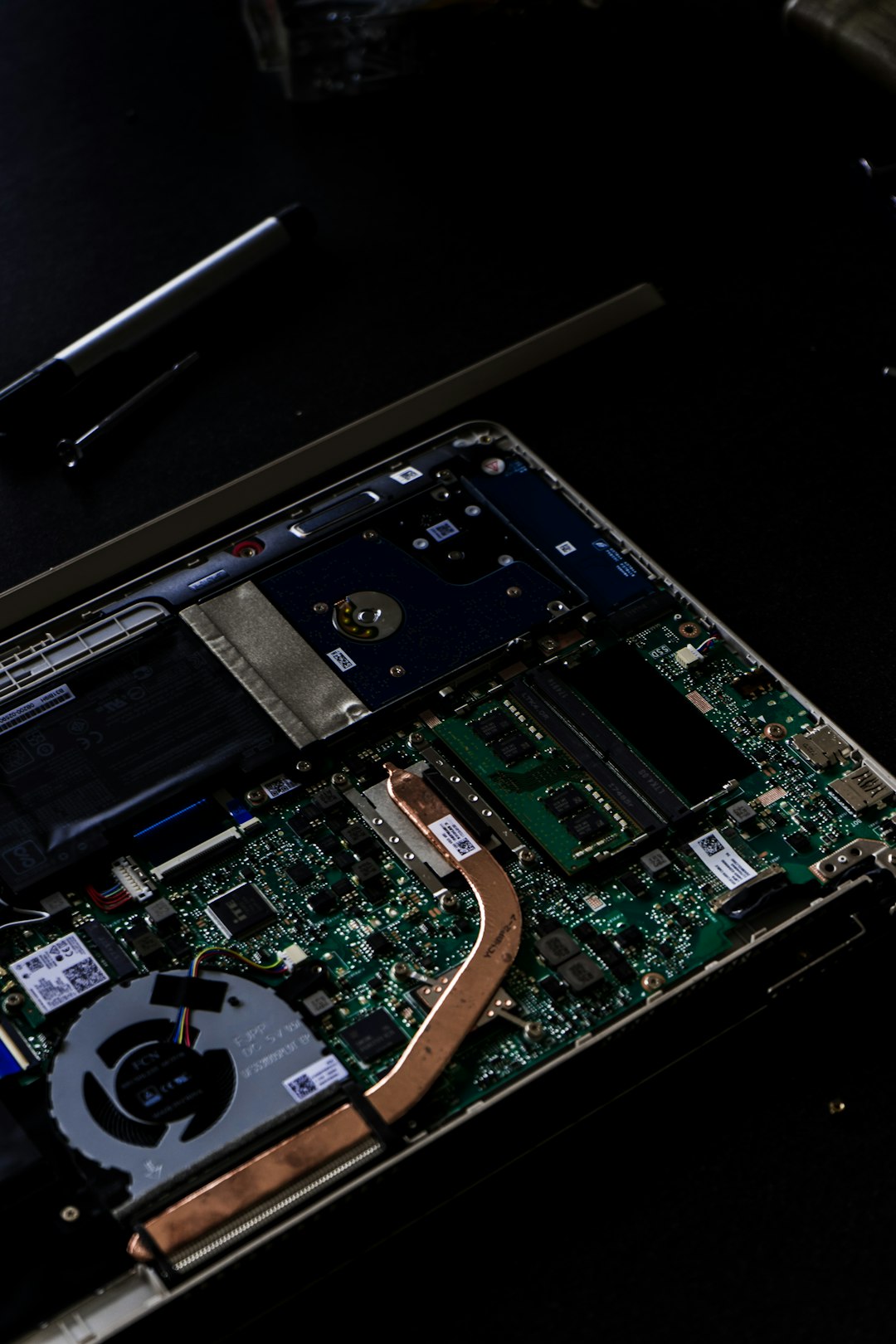The Internet of Things (IoT) has revolutionized various sectors, and healthcare is no exception. With the rise of the Internet of Medical Things (IoMT), healthcare delivery is being transformed at an unprecedented pace. From wearable devices to connected implants, the IoMT is changing the way patients and healthcare providers interact, deliver care, and manage health conditions.
The IoMT can be defined as a network of medical devices, sensors, and applications that are connected to healthcare providers, patients, and other stakeholders through the internet. These devices collect, exchange, and analyze data to improve patient care, enhance diagnoses, and streamline healthcare operations.
One of the key benefits of the IoMT is its ability to remotely monitor patients’ health conditions. Wearable devices, such as fitness trackers, smartwatches, and even patches, can collect data on heart rate, blood pressure, sleep patterns, and activity levels. This data can be sent to healthcare providers in real-time, enabling them to track patients’ progress and intervene when necessary. Remote patient monitoring reduces the need for frequent hospital visits, empowers patients to take control of their health, and improves overall healthcare outcomes.
Furthermore, the IoMT enables the seamless transmission of data and information between different healthcare providers. When a patient is referred from one specialist to another, their medical history, test results, and treatment plans can be easily shared electronically. This ensures that every healthcare professional involved in the patient’s care has access to the most up-to-date information, eliminating the risk of miscommunication or errors. This interconnectedness enhances care coordination and allows for more efficient treatment delivery.
In addition to improving patient care, the IoMT has the potential to revolutionize healthcare research and development. The massive amount of data collected through connected medical devices can be analyzed to identify patterns, predict diseases, and develop new treatment approaches. This data-driven approach allows for personalized medicine and targeted interventions, resulting in better patient outcomes and reduced healthcare costs.
The IoMT also has the potential to transform healthcare delivery in remote and underserved areas. Connected medical devices can be used to establish telemedicine services, bringing specialized healthcare professionals to patients who may not have access to them otherwise. Rural communities, for instance, can benefit from remote consultations, remote diagnostics, and even remote surgeries. This bridges the gap between urban and rural healthcare and ensures that everyone has access to quality care, regardless of their geographical location.
However, the IoMT does come with its challenges. With the increasing number of connected devices, there are concerns about data security and privacy. Ensuring that patient data is protected from cyber threats and unauthorized access is of utmost importance. Healthcare providers and device manufacturers need to collaborate to develop robust security measures and protocols to safeguard patient information.
In conclusion, the IoMT is transforming healthcare delivery in numerous ways. From remote patient monitoring to data-driven research, the IoMT is revolutionizing the healthcare industry. By improving patient care, streamlining operations, and enhancing access to healthcare, the IoMT has the potential to improve overall health outcomes and change the way we approach healthcare. However, it is essential to address the security and privacy concerns associated with the IoMT to fully realize its potential and ensure the trust and confidence of patients and healthcare providers alike.
